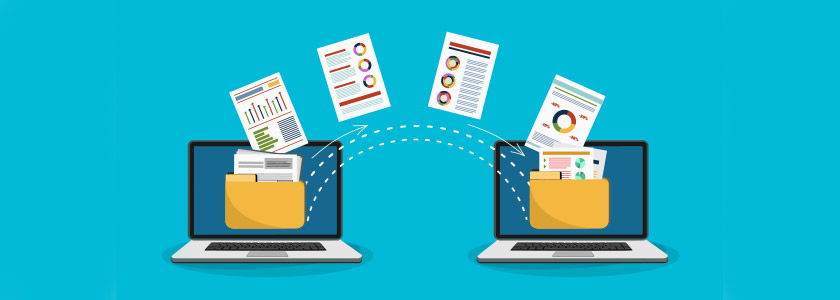Open notebook science: Coming soon to an experiment near you?

In 2016, a biomedical researcher from the University of Toronto decided to try something new: she put her lab notes online, in real time.
Rachel Harding, a post-doctoral fellow with the university’s Structural Genomics Consortium, hoped that doing so would accelerate research into Huntington’s disease. As detailed by the University of Toronto, this concept of open science notes “grew to encompass 20 school-affiliated scientists who work on untreatable diseases such as ALS and rare child brain tumors as part of a group called the Structural Genomics Consortium.
“Traditionally, scientists have guarded their lab notes, not wanting to disclose important results until they can be published in peer-reviewed journals,” the school noted. “In the publish-or-perish academic climate, researchers worry their ideas might be copied by others who might rush to publish first.”
But, as Toronto molecular genetics professor Aled Edwards pointed out, that sort of secrecy can stifle scientific progress and the help it’s meant to bring to suffering patients.
Harding turned that sort of secrecy on its head, using openness as a tool, not a weakness.
While Harding got a lot of good press about her experiment, the idea of open notebooks began at least a decade before. Drexel University’s Jean-Claude Bradley described the practice in 2006, and a 2007 essay in Wired lamented that research which does not yield a dramatic outcome and instead “ends up stuffed in some lab drawer. The result is a vast body of squandered knowledge that represents a waste of resources and a drag on scientific progress. This information—call it dark data—must be set free.”
The practice has since spread. Matthieu Schapira, from Toronto’s Department of Pharmacology and Toxicology, later launched the Extreme Open Science Unit, gathering more than a dozen scientists from around the world who agreed to put their notes online.
“I think the payback to the public that funds scientific research should be faster,” said Edwards. “If we’re going to find treatments for the toughest diseases that have proven out of our reach so far, we need more collaborators and fewer competitors. I cannot think of any scientific discipline in which transparency makes things worse.”
Harding created a website for her open notes, Lab Scribbles. The notes offer a fascinating glimpse into lab life, including frustrations and successes. Each entry has a comments section for readers. She also tweets.
“The more people who can understand this work, the better,” she wrote. “By delivering the results of the research I am doing in real-time, I hope to allow fair assessment of my work through clear discussion and show visible outcomes to interested parties, in particular patient groups and fellow HD researchers. Through the sharing of my data, I hope to create a collaborative ethos with other scientists in this field and accelerate the rate of delivery of data which can inform potential therapeutic opportunities.”
Some researchers have voiced concern over the new practice, however. An editorial in The New England Journal of Medicine suggested open notes could give rise to parasitic investigators: “people who had nothing to do with the design and execution of the study but use another group’s data for their own ends, possibly stealing from the research productivity planned by the data gatherers, or even use the data to try to disprove what the original investigators had posited,” wrote doctors Dan L. Longo and Jeffrey M. Drazen.
Today, the practice has expanded and can now be considered to include open access publications, open data, crowdsourced data, and citizen science. Other open notebook practitioners are found at Cambridge, the US Food and Drug Administration, and the University of Sydney. Wikipedia has an extended list of ongoing and former open notebook projects.
Harding and colleagues, for their part, vow to continue their open-book experiment.
“Open lab notebooks represent a major departure from current practices in science (especially biomedical sciences) and hold a mix of promises and risks,” they wrote in 2019. “As the community producing these lab notebooks is increasing, there is an opportunity to move beyond ideology and anecdotal data to evidence-based policy design. In the spirit of openness, we call on colleagues from both the life science and the social sciences communities to conduct systematic evaluation of the benefits and downsides of open lab notebooks.”
